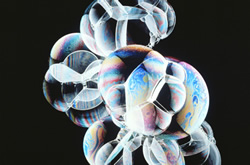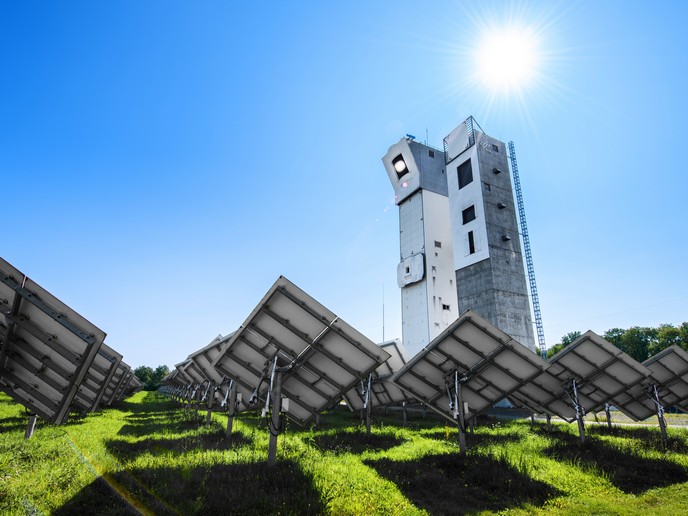Modelling bubble behaviour for water treatment through ultrasound
Many of the methods for water purification, such as stripping in cooling towers or the application of electric current, are potentially energy consuming. Other conventional techniques where enhanced flocculation of the dispersed pollutants takes place require chemical additives and consequently post-processing. Unlike these, ultrasound constitutes a more cost-effective and cleaner tool for treating drinking or wastewater and for this reason it has become very popular. Employing strong acoustic fields in liquids results in cavitation effects, that is generation, development and oscillation of bubbles that draw away pollutants. This pollutant removal may be accomplished through mechanical, such as bacteria rupture, or chemical means, like free radicals generation for aromatics oxidation. Until now most of the ultrasound cleaning devices have been designed out of experience without potentially taking into account the effects of key parameters including the cavitation bubble distribution and its dynamics. With the aid of an EC funded project in-depth understanding of the collective cavitation bubble behaviour has been gained. Thereby, appropriate mathematical models have been developed that accurately describe pattern formation in large bubble populations. These models may be further used for the simulation, control and optimisation of bubble clusters formed in a liquid that is acoustically irradiated. Based on single bubble motions under large pressure variations, the novel mathematical models and the rapid numerical algorithms may very well predict the dynamics of bubble systems. The new numerical codes may provide calculations concerning both mono-disperse and poly-disperse bubble clusters, which are clouds where bubbles feature the same and different initial radii respectively. On going research is still carried out on issues related to non-spherical bubble motions and to accurate modeling of interactions between few bubbles in respect to their coalescence and collapse.







